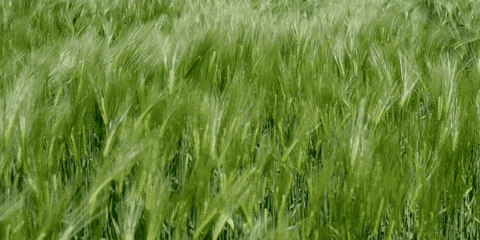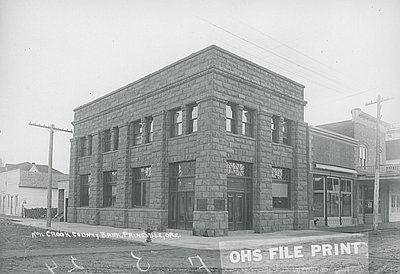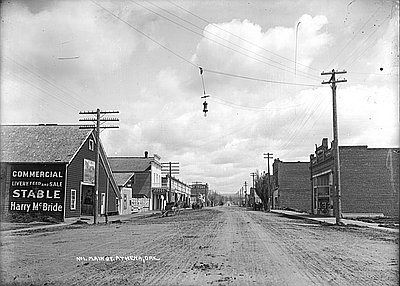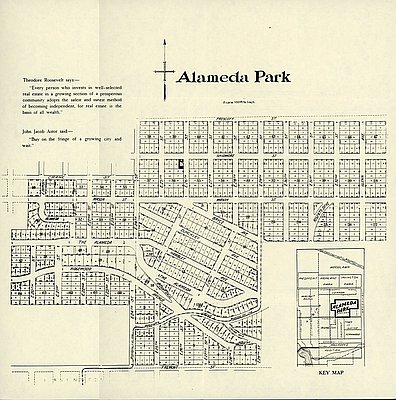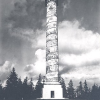
Digital Exhibits
Digital Exhibit
Senior editor / Researcher
Introduction
By Josh Howe, Associate Professor of History and Environmental Studies, Reed College
In Oregon, within a few hundred miles you can see snowy volcanoes, parched deserts, semiarid grasslands, alpine meadows, and coastal temperate rain forests. On any given day, the weather across the state can range from freezing cold to baking hot, from bone dry to soaking wet, from tranquil to tempestuous. Oregon regularly experiences the extremes of average precipitation, temperature, humidity, and wind characteristic of the North American West. Some places in the Coast Range, for example, receive as many as 200 inches of rain in some years, while the rain shadow of Steens Mountain in eastern Oregon sometimes receives as little as five inches. But even highly variable weather creates patterns over time, and scientists use the word climate to describe those patterns over decades, or even centuries.
Oregon’s climate is not only diverse, it is also changing. In geological time—the intervals of time that geologists use to chart changes and sequences of events in the rock record—Oregon’s climate has vacillated between tropical and arctic. Since the Industrial Revolution, however, human activity has contributed to changes in the Earth’s climate, causing geological change on shorter, human timescales. Scientists refer to the changes that humans make to climate as anthropogenic Climate Change, which have occurred largely as a result of changes in the composition of the atmosphere, particularly through the emission of greenhouse gases like CO2 that increase the overall temperature of the Earth. Because anthropogenic climate change, on balance, increases the overall temperature of the planet, it is also often referred to as anthropogenic warming or, more commonly, global warming. The terms are not perfectly interchangeable, but both have been used to describe the causes of the climate crisis, a term scientists and concerned citizens often use to refer to the related negative effects of an increase in average global temperatures on animal and human populations, as well as the ecosystems and infrastructure on which they rely.
Read more in Howe’s Essay: Climate Change in Oregon
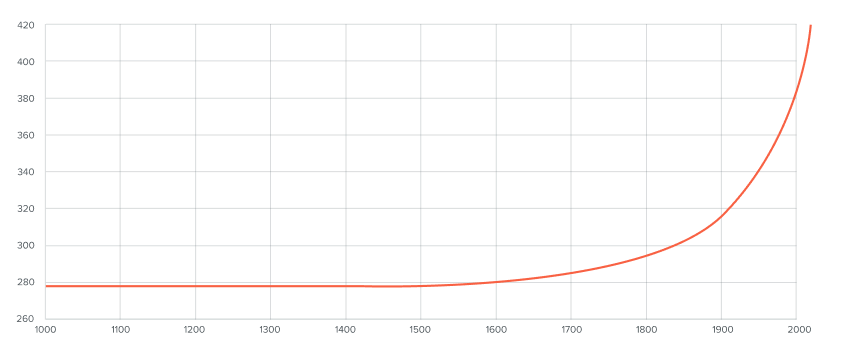
Carbon Dioxide (CO2 PPM) In vel faucibus semper sapien donec tincidunt gravida. Sodales eu vel vel diam.
Timeline
Consectetur morbi tempor diam at. Odio lectus nunc, imperdiet quam dolor pharetra. Eget neque, ullamcorper sodales volutpat auctor mi ipsum dapibus sociis. Ultricies malesuada ut vitae orci massa feugiat lorem. In mauris nunc facilisi quis tincidunt mattis in porta.

Red BG Reversed CTA
The OE has developed primary source packets to support its mission to increase student access to and understanding of Oregon history and its place in the history of the United States.

Primary Source Packets
The OE has developed primary source packets to support its mission to increase student access to and understanding of Oregon history and its place in the history of the United States.

Resource Index
The OE has developed primary source packets to support its mission to increase student access to and understanding of Oregon history and its place in the history of the United States.
The Oregon Trail
Lorem ipsum dolor sit amet, consectetur adipisicing elit, sed do eiusmod tempor incididunt ut labore et dolore magna aliqua. Ut enim ad minim veniam, quis nostrud exercitation ullamco laboris nisi ut aliquip ex ea commodo consequat.
Sed in sem fusce aliquet
-
![]()
Teddy McDaniel at his birthday party, Cotton Club, Portland, 1934.
-
![]()
School kids, Vanport, 1943.
-
![]()
Man and a woman crossing a river.
-
![]()
Football team on fire ladder.
-
![]()
Crater Lake, c.1950.
-
![]()
Rectangle 7.png.

